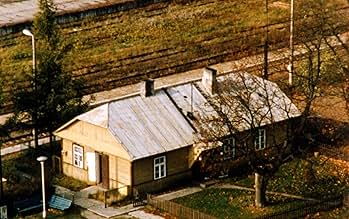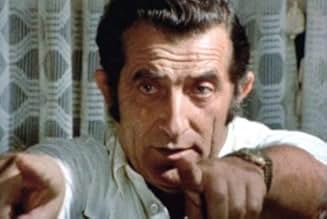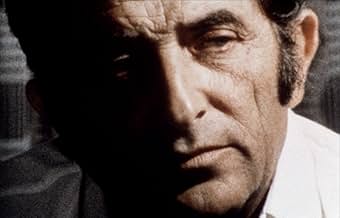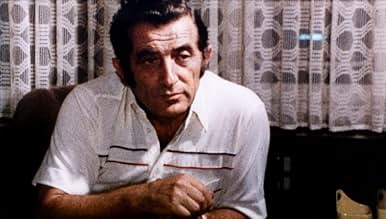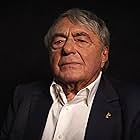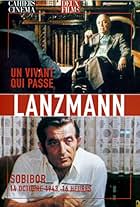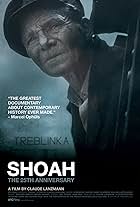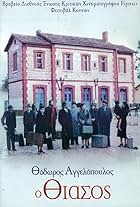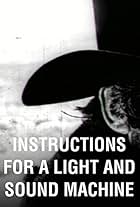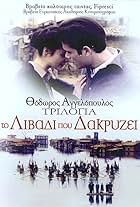Sobibór, October 14, 1943, 4 p.m.
Original title: Sobibór, 14 octobre 1943, 16 heures
A gripping account of the prisoners uprising at the Nazi extermination camp of Sobibor in 1943.A gripping account of the prisoners uprising at the Nazi extermination camp of Sobibor in 1943.A gripping account of the prisoners uprising at the Nazi extermination camp of Sobibor in 1943.



